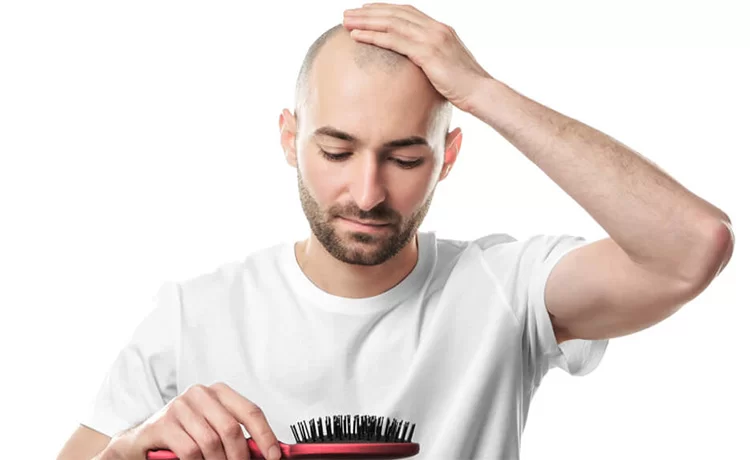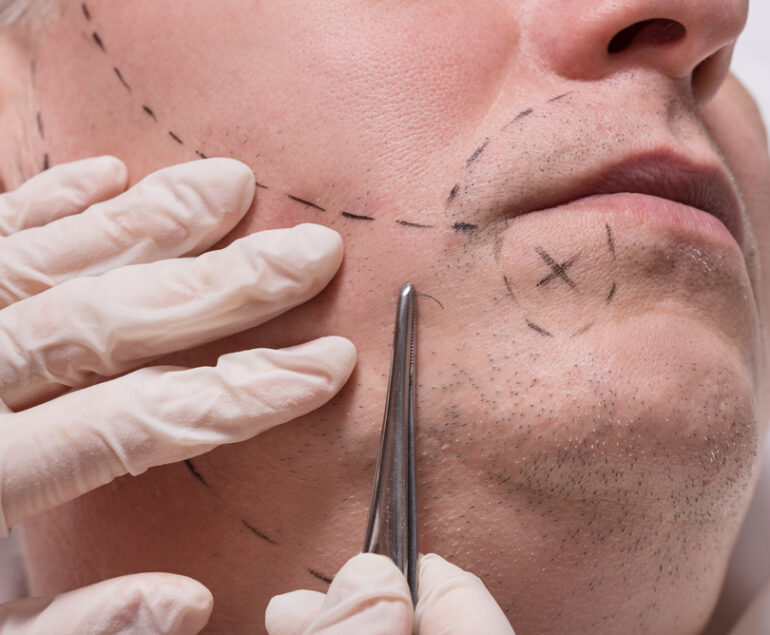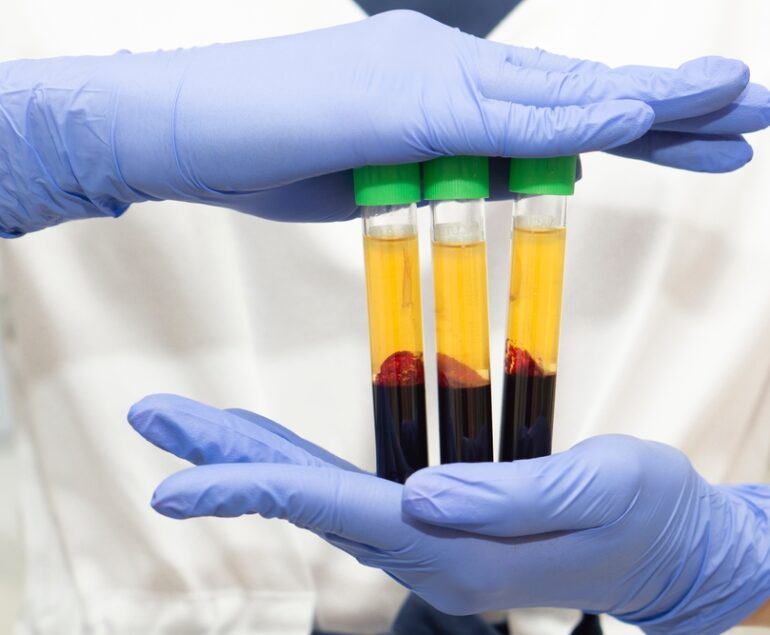FUE HAIR TRANSPLANT METHOD
FUE hair transplantation method is one of the first methods that come to mind when it comes to hair transplantation. The biggest advantage of the FUE method is that no incision is made on the scalp. This provides an advantage both during the operation and during the healing process. The absence of scars and incisions after the operation is the main reason why patients prefer the FUE method.
THE TECHNIQUE THAT BRINGS FRAMED CHANGES IN HAIR TRANSPLANTATION: FUE
FUE hair transplantation method (Follicular Unit Extraction), which started to be applied with the 2000s, has brought some radical changes regarding the hair transplantation operations that have been performed until that day. Some of the innovations that come with the FUE hair transplant method are as follows:
- In the FUE method, no incision is made on the scalp; This is a very important factor for the patient's comfort both during the operation and during the healing process.
- No stitches are required after hair transplantation with FUE.
- The fact that there will be no scars and incisions after the FUE operation reflects on the aesthetic appearance of the hair and puts an end to this anxiety of the patient.
- FUE Hair transplant operation is performed with local anesthesia. The operation can be performed by taking a break during the day.
EXAMINATION BEFORE HAIR TRANSPLANT
Women and men can all be suitable candidates for hair transplantation without any distinction between hair type and skin color. In the physical examination, hair type (straight, wavy, curly), hair thickness (thick, thin), donor density should be evaluated with the help of a densitometer (FU/cm2). In addition, the degree of baldness should be determined (for men; Norwood classification; for women; Ludwig classification). The dermatoscope will be useful to determine the possible risk of hair loss in the future and to distinguish miniaturization. In conclusion; Thick and wavy hair will produce a more voluminous result with the same number of grafts compared to straight and thin hair. The donor density is 60-100 FU/cm2 for Caucasians, and those less than 40 FU/cm2 are considered bad candidates.

LATERAL SLIT METHOD IN CHANNEL OPENING
Advances in medicine are also reflected in hair transplantation. The lateral slit method, which has recently started to be preferred instead of the punch system when opening the canal, enables the opening of channels suitable for the size and length of the patient's hair root, with incisions suitable for the structure of the hair. The channels opened in the right size and depth directly affect the success rate in hair transplantation.
Another important issue for the success of hair transplantation is the angle of the canal where the graft will be placed. The angles, which are the biggest factor in capturing the natural hairstyle, are different in every part of the head. If this situation is not taken care of, the hair will not take the desired shape.
Another factor for capturing naturalness is the correct determination of the hairline. The forehead area and the area where the hair starts should be calculated with the correct proportions.
STAGES OF FUE HAIR TRANSPLANT METHOD
FUE hair transplantation is performed under local anesthesia. The area where the hair to be transplanted will be taken is prepared for the procedure. Appropriate hair follicles are collected one by one from this area. Root collection is performed by means of a FUE motor with a tip smaller than 1 millimeter. The roots taken are called grafts. Each graft contains between 1 and 4 hairs. It is very important for the success of the planting that these roots are not damaged during and after the root removal process. Since thousands of roots will be removed from the donor area during hair transplantation, the small motor tip to be used affects the healing process of the area positively.
After all the grafts are collected for hair transplantation, they are separated and grouped according to the number of hairs in the grafts. After the separation process, sowing is started. The grafts taken are placed in the channels opened in the transplantation area. Root canal opening is a process that requires precision and experience as much as root collection.
Frequently Asked Questions
In order to understand your suitability for hair transplantation, you must go through a doctor's evaluation. Your doctor will direct you to a hair transplant attempt or other treatment options after performing the necessary analysis. Tests to be Done Before Hair Transplantation, Determination of Blood Type, CBC (Complete Blood Count), Biochemistry (routine), PTZ-APTT (Coagulation), PT-PTT-INR (Coagulation test), HBs Ag, Anti HBC, Anti HIV. As a result of these tests, your suitability for hair transplantation is understood. On the other hand, if there is no skin disease in the hairy area, it should be treated. Your suitability for hair transplantation is examined by a specialist in our polyclinic.
Since hair transplantation is performed under local anesthesia or with sedation, pain is not felt. Here, the patient's pain threshold is also important. A slight pain is felt during anesthesia. After anesthesia, the patient does not feel any pain.
Hair transplantation is a process that takes between 6 and 8 hours.
The transplanted hair starts to fall out within 15 days. The patient recovers. From the 3rd month, the hair starts to grow slowly. However, in 5-6 months, most of the hair will come out. Hair growth and thickening continue for up to 1 year.
Since the donor area for hair transplantation is the area coded not to fall out, the hair taken from that area and transplanted to the top and front area will not shed for life.
Hair Transplant Methods
Our Other Treatments

Eyebrow Transplantation
Eyebrow transplantation is a procedure applied to permanently regain eyebrow hair in patients who have missing eyebrows, lost their eyebrows due to trauma (scars, plucking, chemotherapy) or who want to thicken and improve the appearance of their eyebrows.

Beard and Mustache Transplantation
Beard and Mustache transplantation is an application for people who have lost a beard or mustache or who have not grown a beard.

Prp Hair Treatment
PRP Hair treatment is the separation of some blood taken from the person into its components after a centrifugation process, enriching it in terms of platelets and injecting the obtained serum into the scalp.

